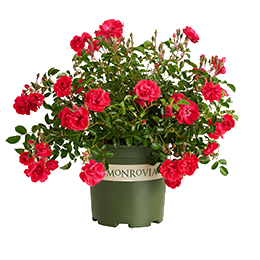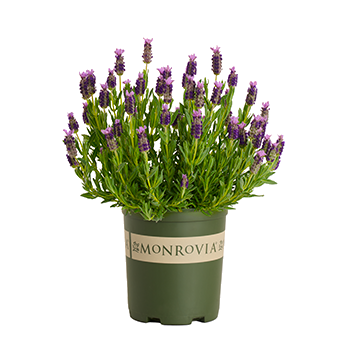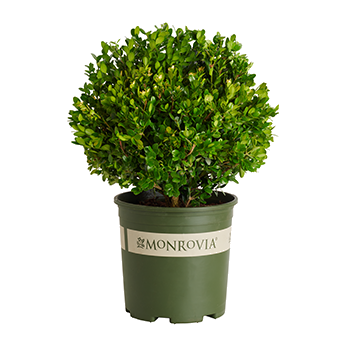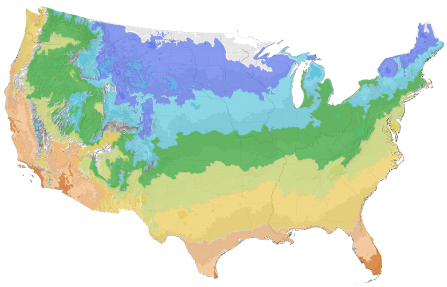You're growing in this Zip Code: 43215
Change LocationDiscover Plants for Your Area
Cheyenne Spirit Echinacea
Echinacea hybrid 'Cheyenne Spirit'
Retailers Near You
No Retailers found within 100 miles of your zipcode
Be Inspired: How to Use this Plant
| Bloom Time | Summer to fall |
|---|---|
| Deciduous/Evergreen | Herbaceous |
| Special Features | Easy Care, Waterwise, Benefits Birds |
| Problems/Solutions | Deer Resistant, Drought Tolerant |
| Growth Rate | Moderate |
| Flower Attributes | Flowers for Cutting, Showy Flowers |
| Landscape Use | Border, Container |
| Design Ideas | With their rich color palette evoking the spirit of the North American plains and prairies where this genus has its origin, coneflowers are a mainstay in the garden. For the prairie look, plant along with ornamental grasses, tuck into rock gardens or among dry stream-bed boulders. This easy-care perennial is equally at home in mixed borders and cottage gardens. Be sure to leave some spent blooms on the plants in the fall because their seeds provide winter food for finches and other birds. The dried seed heads also provide architectural interest in the winter. |
| Flower Color | Multicolored |
| Foliage Color | Green |
| Companion Plants | Blanket Flower (Gaillardia); Maiden Grass (Miscanthus); Avens (Geum); Sedum (Sedum); Switch Grass (Panicum) |
| Care Instructions | Requires well-drained, fertile soil. Water deeply, regularly during the first growing season to establish an extensive root system. Once established, reduce frequency; tolerates moderate drought. Remove spent blooms to prolong flowering season. Prune back old foliage and apply fertilizer in early spring before new growth emerges. |
| Lore | The genus name Echinacea is derived from the Greek word (echino), meaning "spiny", due to the spiny central disk. Echinacea are native to eastern and central North America, where they are found growing in moist to dry prairies and open wooded areas. |
| Bloom Time | Summer to fall |
|---|---|
| Deciduous/Evergreen | Herbaceous |
| Special Features | Easy Care, Waterwise, Benefits Birds |
| Problems/Solutions | Deer Resistant, Drought Tolerant |
| Growth Rate | Moderate |
| Flower Attributes | Flowers for Cutting, Showy Flowers |
Retailers Near You
No Retailers found within 100 miles of your zipcode
Retailers Near You
No Retailers found within 100 miles of your zipcode
Buy Online
This plant is not available to purchase online.
About Us
We have been pioneers and craftsmen in the art of growing plants for nearly
100 years. Since our founding in Southern California by Harry E. Rosedale, Sr.
in 1926, we have been absolutely dedicated and obsessed with quality.
We have been pioneers and craftsmen in the art of growing plants for nearly 100 years. Since our founding in Southern California by Harry E. Rosedale, Sr. in 1926, we have been absolutely dedicated and obsessed with quality.






